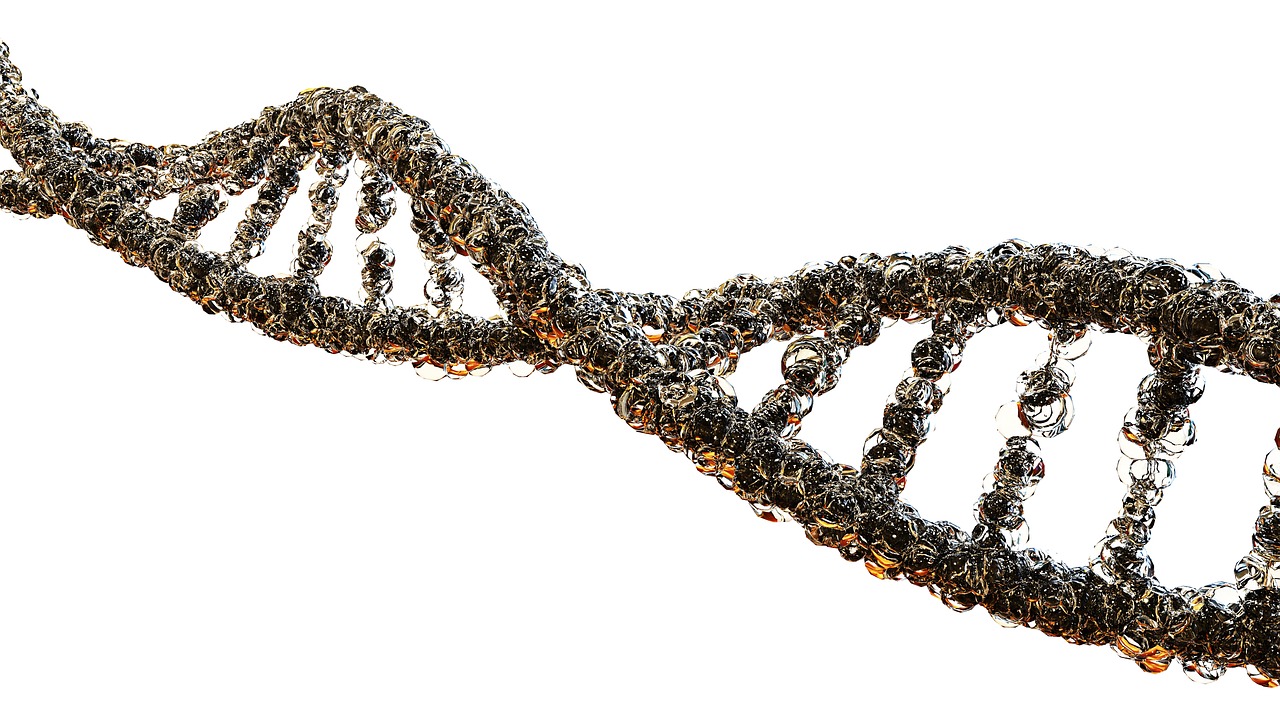
Scientists have investigated why often only one of two identical twins suffers from multiple sclerosis, while the other twin sibling is spared.
Identical twins look the same, they have the same genes, the same blood group, the same fingerprints — but not always the same diseases. This is called discordance. For example, if a twin suffers from multiple sclerosis, a chronic, incurable disease of the central nervous system, only one in four twin siblings develops the same disease. How can this be?
Researchers from Munich and Saarbrücken have now found answers to this question in the field of epigenetics, a body mechanism that is triggered by environmental influences and can switch genes on or off without directly altering the genome. The scientists noticed (1) that multiple sclerosis is associated with certain modifications of the genetic material and that drugs influence these modifications.
One of the important epigenetic changes is the chemical labeling of the genome – more precisely, a building block of it, cytosine. Methyl groups, a carbon atom with three hydrogen atoms, are attached to cytosine. These methyl groups can switch genes on and off. Physical activity, nutrition, stress, and also interpersonal relationships and social factors shape the genome with this mechanism, a process called methylation. The special thing about it is that these markings are not unchangeable. Depending on the situation, the environment can affect the genetic make-up without altering the genes themselves.
Sometimes, however, new methylation can lead to the wrong control of genes. If this happens in certain immune cells, it could contribute to MS, according to the initial hypothesis of Nicole Souren’s researchers before her investigation. Since this effect is particularly easy to measure in identical pairs of twins, the scientists from Munich and Saarbrücken, Germany, recruited 45 of them, all pairs discordant for MS. Of these 90 people, they then created DNA methylation profiles across the entire genome. In total, they examined 850,000 positions for such DNA methylations.
In fact, they found a number of epigenetic differences in the immune cells of the twins’ blood. At a total of seven different positions, the genome of the twin siblings was methylated differently. At 45 other sites, changes occurred that were not related to MS disease. Some of the epigenetic changes also occur in genes whose significance for MS was not yet known. In the future, the researchers hope to find new indications for the triggers of multiple sclerosis.
Interestingly, it has been observed that some epigenetic changes are further altered by the administration of drugs. Standard therapy for people with multiple sclerosis includes interferons, because they reduce inflammatory activity in the central nervous system, and glucocorticoids, which are mainly used in acute relapses.
An example of such a change is the transcription factor ZBTB16; transcription factors help to initiate the production of proteins from the information in the genetic information. It is hardly methylated under glucocorticoid therapy and instead upregulated. Some such alterations were still detectable up to one year after the discontinuation of the drugs.
“For the first time, this shows a connection between epigenetic patterns, disease, and therapy,” the scientists conclude.









